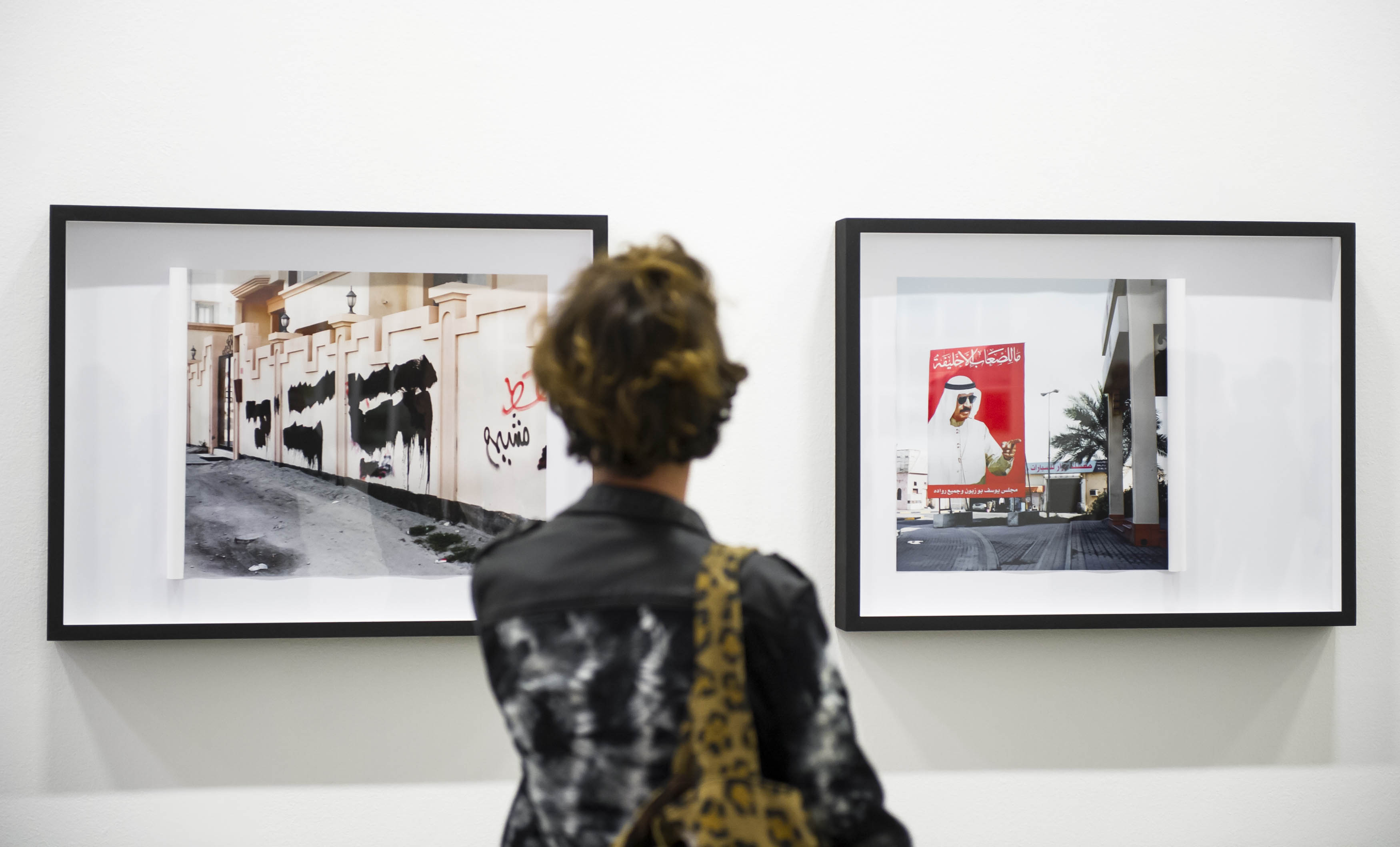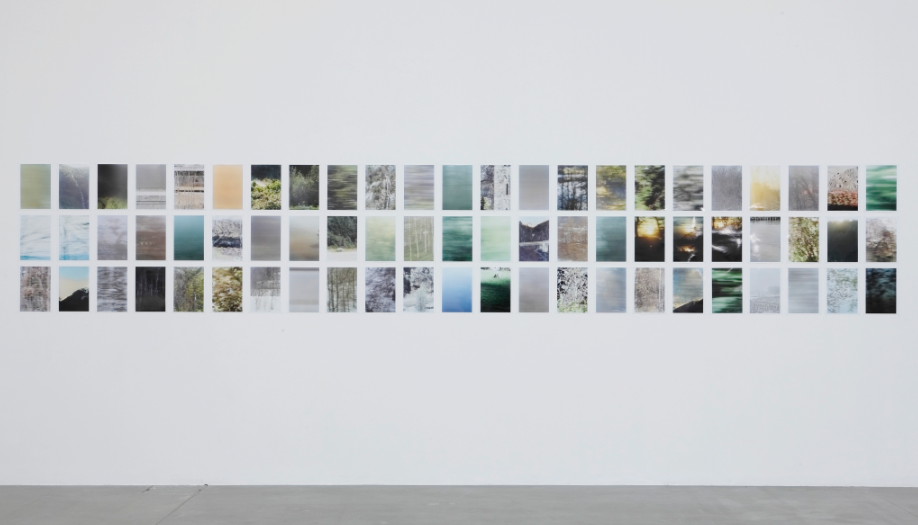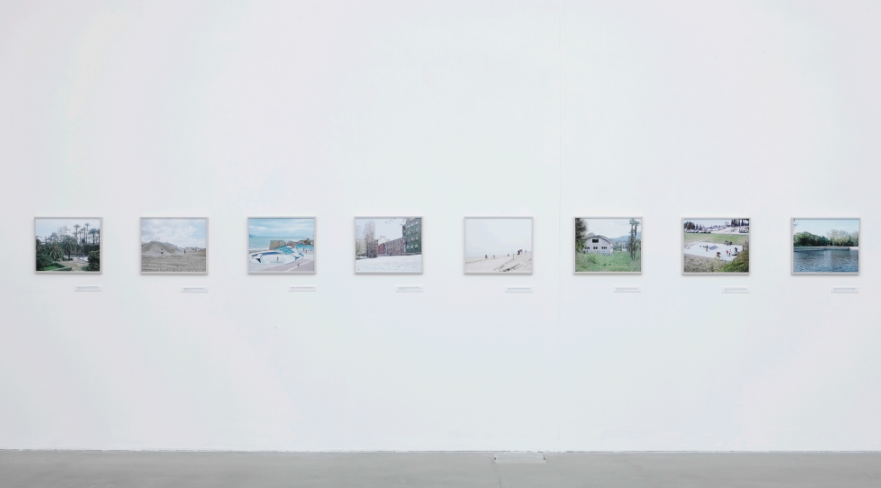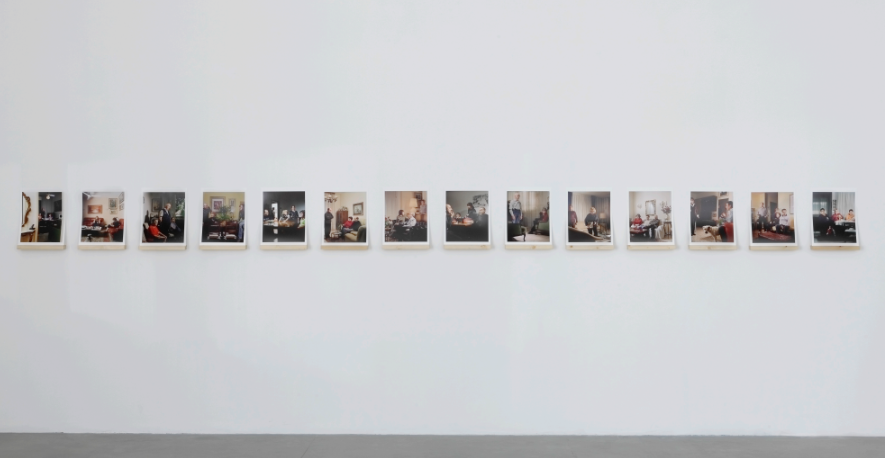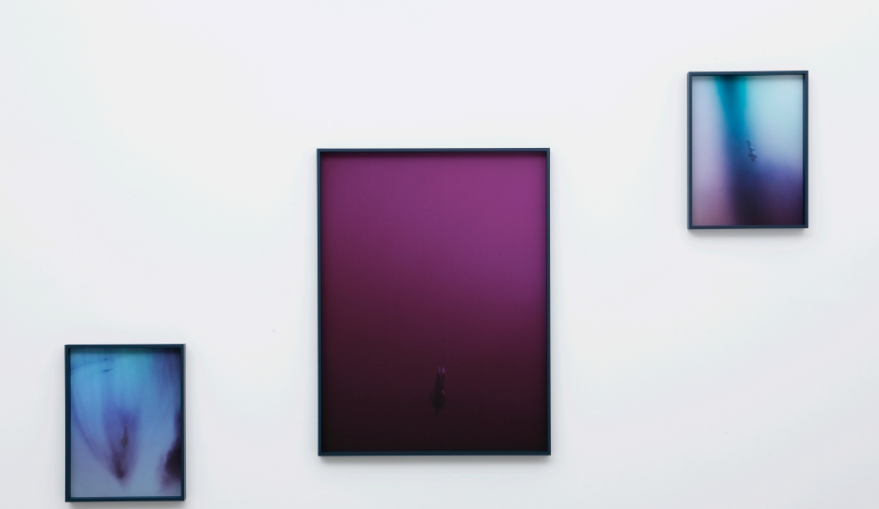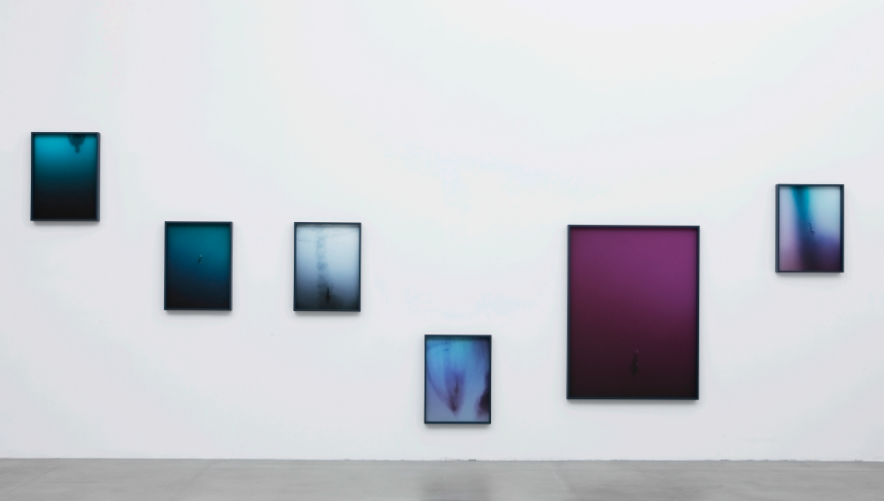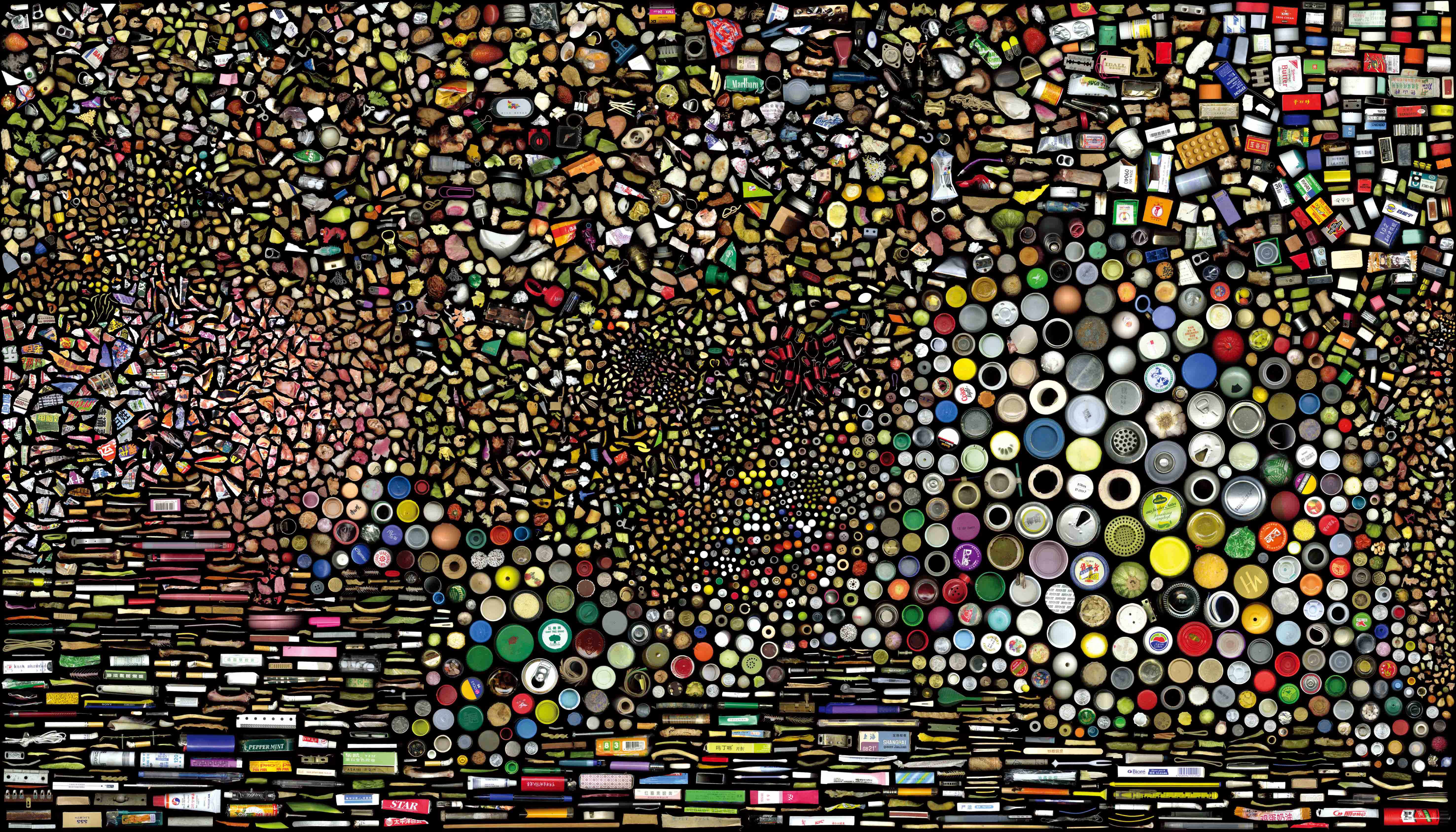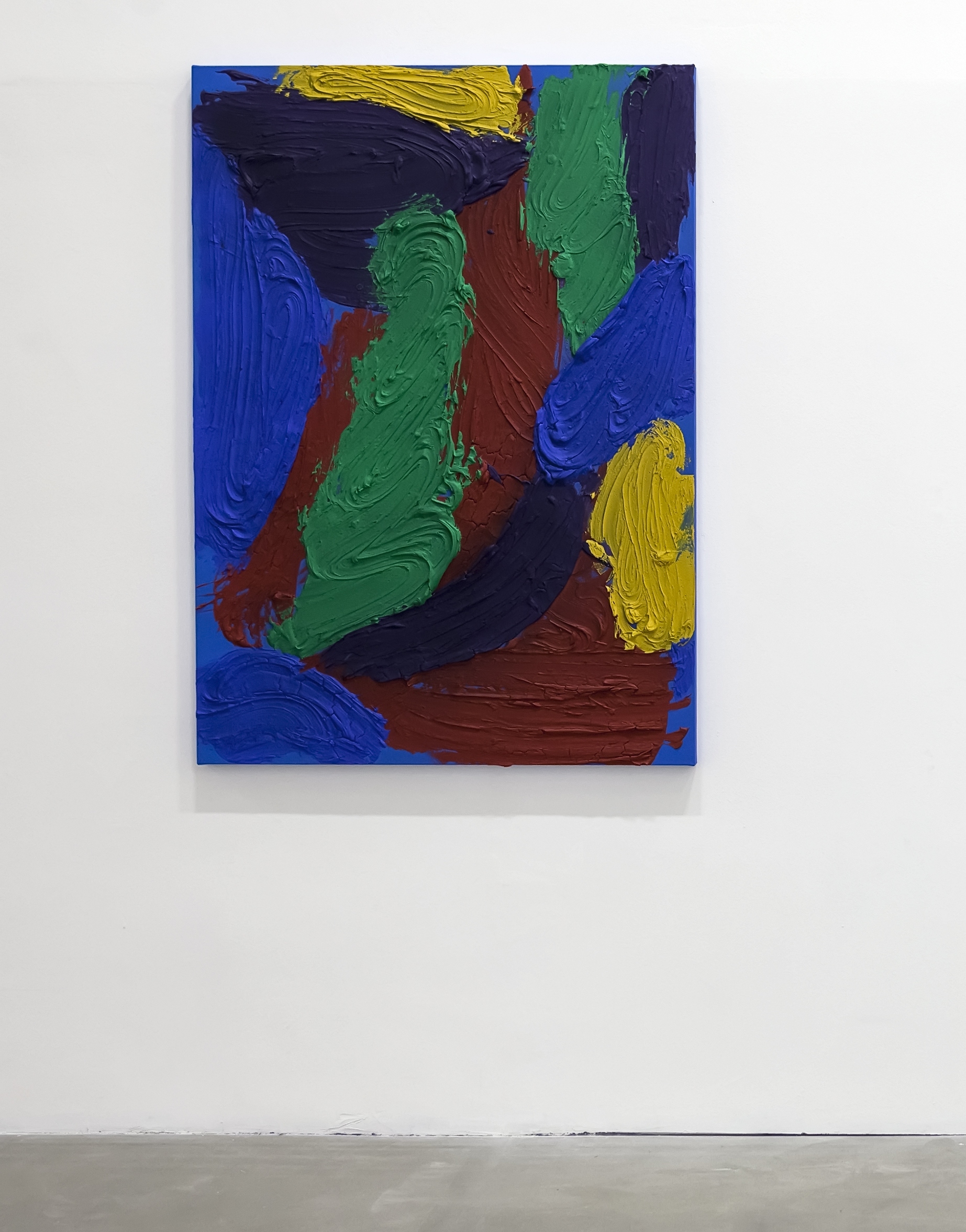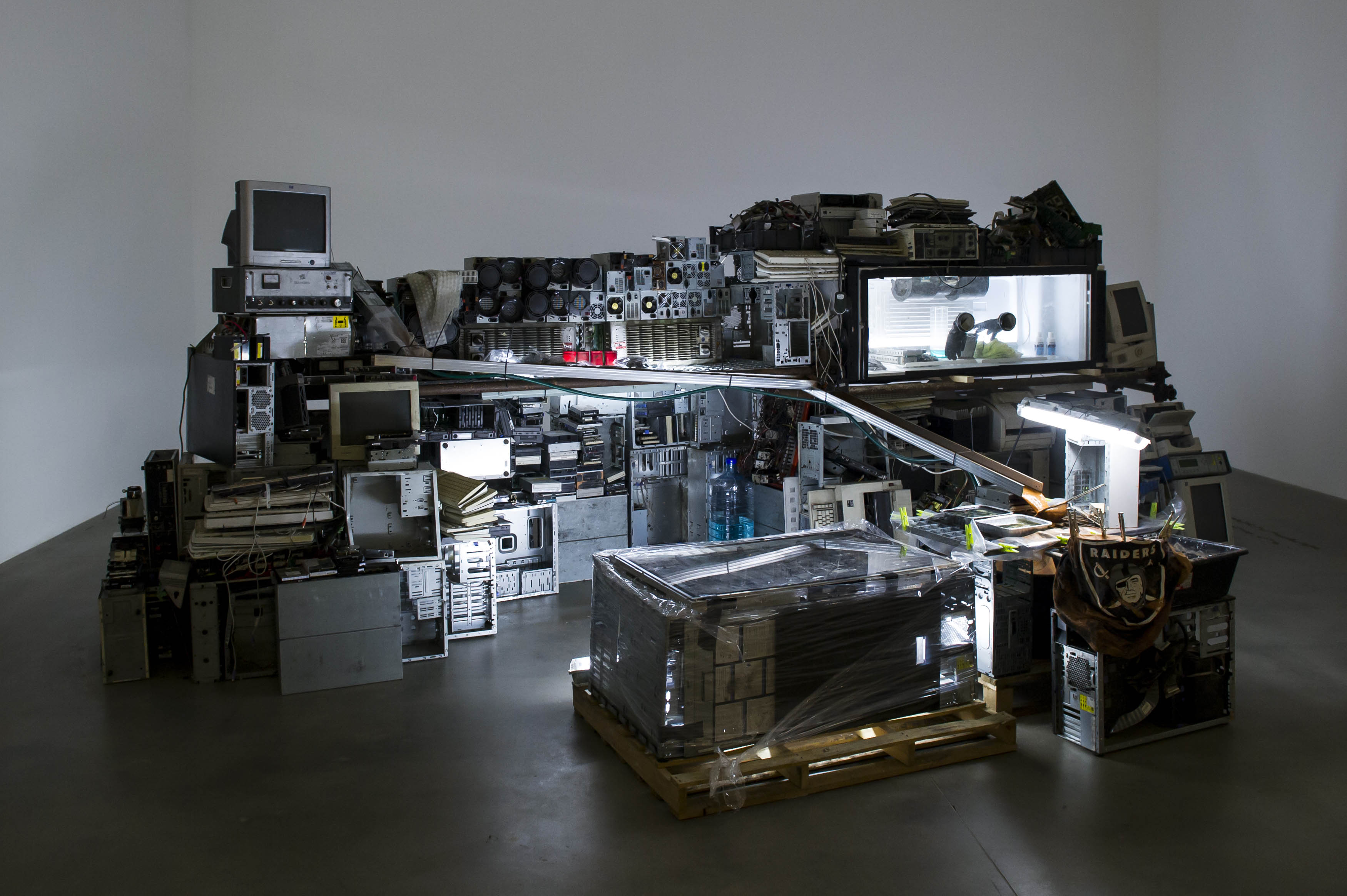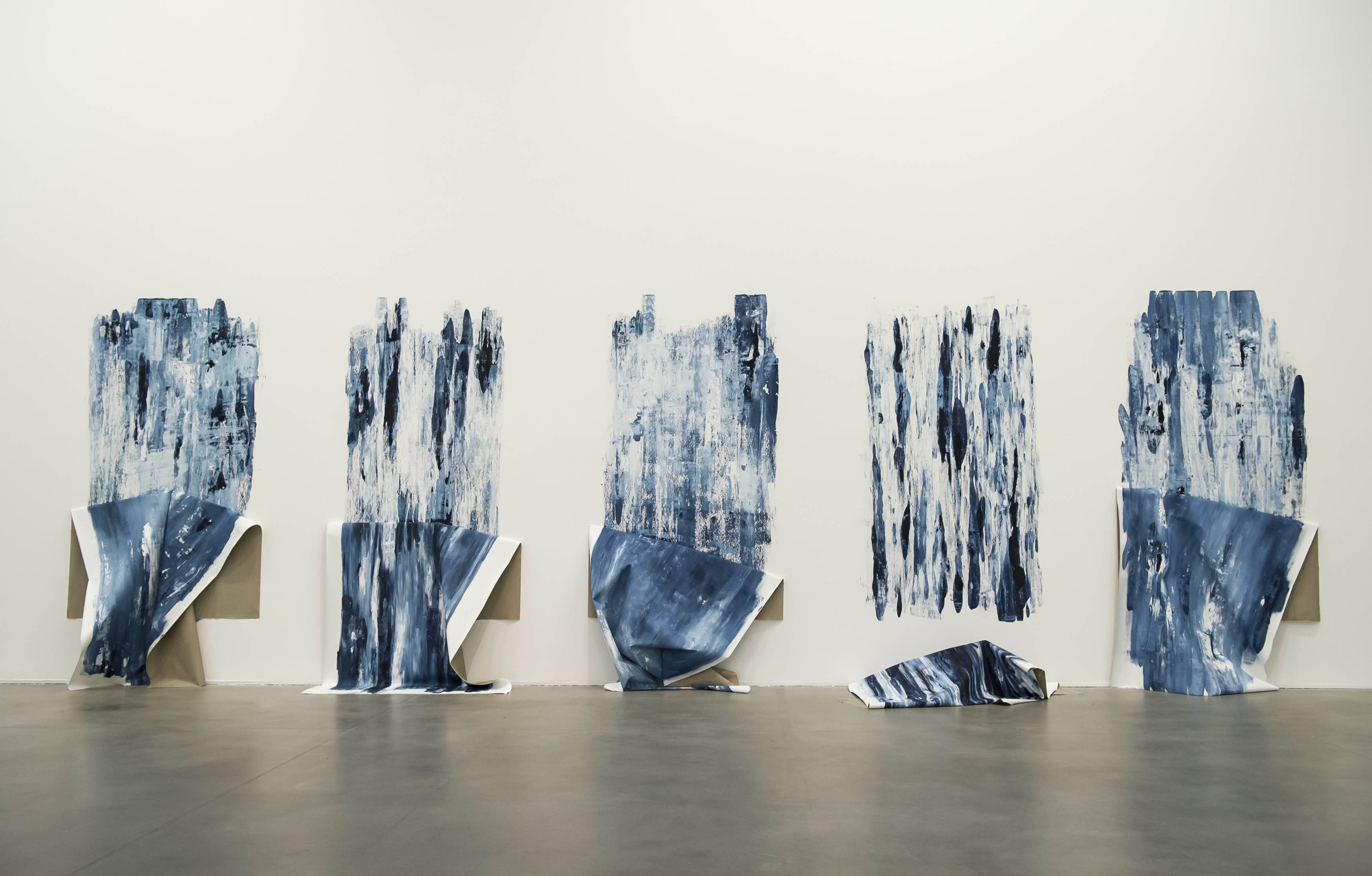Artists: Elisa Franceschi, Eva Frapiccini, Claudio Gobbi, Tancredi Mangano, Paola Pasquaretta, Bruno Pulici, Francesca Rivetti, Elisabetta Senesi, Valentina Sommariva, Giulia Ticozzi
41 artists have been involved, over the years, in this exploration, and some of them have taken part in more than one edition of the project, which has developed in cycles of roughly three years.
The first edition, in 1999, was organized in the evocative space of former Chiesa del Carmine in Taormina, the following year at Modena’s Galleria Civica, and finally in Milan, at Galleria del Credito Valtellinese, in 2001.
A renewed edition of the first exhibition was presented in February 2002 at the former Italian Pavilion in the Venice Biennale complex. In 2003, a new selection of artists was introduced in Guarene d’Alba,
and in 2004 in Palermo, at the Civica Galleria d’Arte Moderna. In 2006, another exhibition featured nine more young authors, and finally in late 2009, to mark the ten-year anniversary of the project, all 35 artists who had been invited up to then were gathered in another exhibit.
Of the 10 artists included in this edition, GE/14. Altro dalle immagini, four are returning (Eva Frapiccini, Tancredi Mangano, Francesca Rivetti and Elisabetta Senesi), which helps preserve the continuity between generations, as in all former editions. Elisa Franceschi, Claudio Gobbi, Paola Pasquaretta, Bruno Pulici, Valentina Sommariva and Giulia Ticozzi complete the current selection, adding their works to a program that is overall very varied and diverse in regard to form and the use of visual language - in which photography, however, plays a key role, as a highly specific, and indispensable, reference even when it is apparently not at the center of an artist’s research.
It would seem that this approach is what led to the sudden, sharp turn away of these artists from the Italian tradition, which, in the previous generations, had always looked to landscape in its various forms, privileging a direct interpretation of the world. This, however, is also evident in the works of many protagonists of Da Guarene all’Etna. It would seem, again - because actually, while the method immediately shows a significant distance from a modus vivendi that is inherent in the DNA of Italian photography, it is mainly in the content of the works that the last generation gap is most deeply felt. This shows that the artistic practice of looking at the world through images to arrive at something else than the images themselves, is a necessary process, the ultimate, and the only, point of arrival in a research that crosses multiple territories, which photographers, thanks to their special insight, are able to condense and render in a work.
